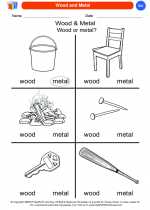Circulatory System
The circulatory system, also known as the cardiovascular system, is responsible for transporting nutrients, oxygen, carbon dioxide, and other essential substances throughout the body. It consists of the heart, blood vessels, and blood.
Components of the Circulatory System
Heart: The heart is a muscular organ that pumps blood throughout the body. It is divided into four chambers: the left and right atria, and the left and right ventricles.
Blood Vessels: There are three main types of blood vessels: arteries, veins, and capillaries. Arteries carry oxygen-rich blood away from the heart, veins carry oxygen-depleted blood back to the heart, and capillaries are tiny blood vessels where the exchange of gases and nutrients occurs.
Blood: Blood is composed of red blood cells, white blood cells, platelets, and plasma. Red blood cells carry oxygen, white blood cells help fight off infections, platelets aid in blood clotting, and plasma is the liquid portion of blood that carries nutrients, hormones, and waste products.
Functions of the Circulatory System
Transportation: The circulatory system transports oxygen from the lungs to the body's tissues and carries carbon dioxide from the tissues back to the lungs for exhalation. It also transports nutrients from the digestive system to the body's cells and carries waste products to the excretory organs for removal.
Regulation: The circulatory system helps regulate body temperature, pH levels, and water balance within the body.
Protection: The system plays a crucial role in the immune response by transporting white blood cells and antibodies to fight off infections and diseases.
Study Guide
To better understand the circulatory system, consider the following study guide:
- Describe the structure and function of the heart.
- Explain the pathway of blood through the circulatory system, including the roles of arteries, veins, and capillaries.
- Identify the components of blood and their respective functions.
- Discuss the importance of oxygen and nutrient transportation in the body.
- Examine the relationship between the circulatory system and other body systems, such as the respiratory and digestive systems.
- Explore the impact of a healthy lifestyle on the circulatory system, including the effects of exercise and nutrition.
- Investigate common circulatory system disorders and their potential causes and treatments.
By thoroughly understanding the components, functions, and interconnections of the circulatory system, you can gain a deeper appreciation for the vital role it plays in sustaining life.
.◂Science Worksheets and Study Guides Kindergarten. Matter

 Coloring Worksheet
Coloring Worksheet
 Coloring Worksheet
Coloring Worksheet
 Coloring Worksheet
Coloring Worksheet
 Coloring Worksheet
Coloring Worksheet
 Coloring Worksheet
Coloring Worksheet
 Coloring Worksheet
Coloring Worksheet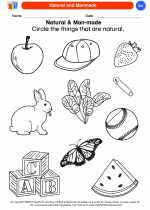
 Coloring Worksheet
Coloring Worksheet
 Coloring Worksheet
Coloring Worksheet
 Coloring Worksheet
Coloring Worksheet
 Coloring Worksheet
Coloring Worksheet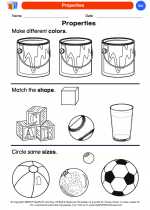
 Coloring Worksheet
Coloring Worksheet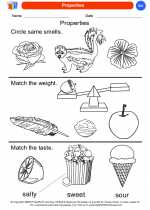
 Coloring Worksheet
Coloring Worksheet
 Coloring Worksheet
Coloring Worksheet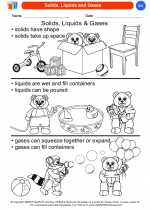
 Coloring Worksheet
Coloring Worksheet
 Coloring Worksheet
Coloring Worksheet
 Coloring Worksheet
Coloring Worksheet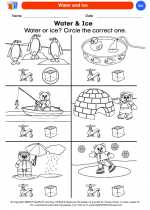
 Coloring Worksheet
Coloring Worksheet
 Coloring Worksheet
Coloring Worksheet
 Coloring Worksheet
Coloring Worksheet